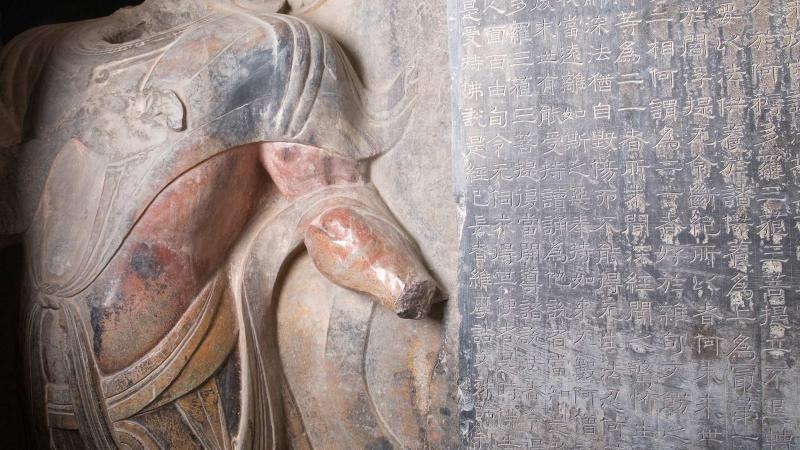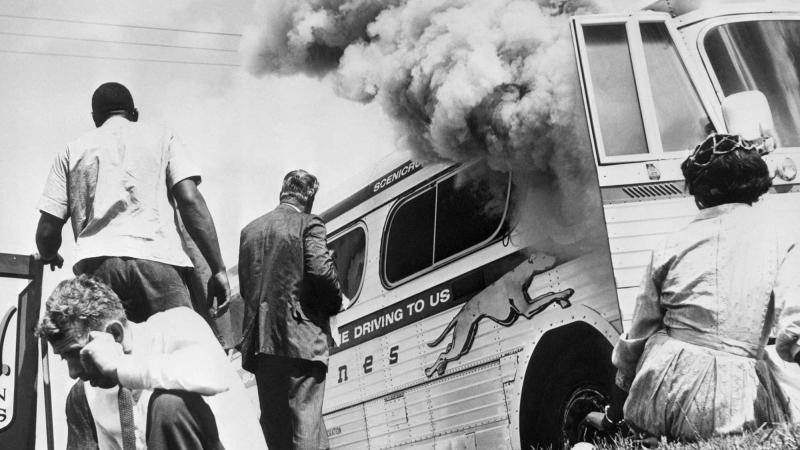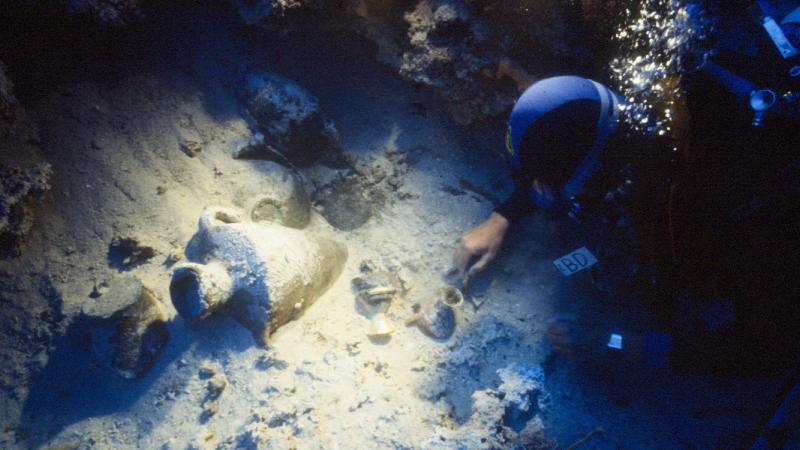The lens of photographer “Teenie” Harris captured the lives of black Americans in and around Pittsburgh for four decades, in the Hill district, where he lived, and in clubs, stadiums, and streets and alleys. Harris was a leading visual chronicler of mid twentieth-century black history. In his studio and on the beat as a newspaperman for the Pittsburgh Courier, from 1938 to 1975, he created over 80,000 images, which the Carnegie Institute purchased in 2001 and, with a $348,885 grant from NEH in 2007, began preserving and digitizing.
Charles “Teenie” Harris (1908–1998) got his first camera when he was three years old. “It makes me feel good,” he once reflected, “because everybody now says, ‘You took such good pictures.’ Well, I guess I had an eye for it.” When he was a young boy, one woman began calling him “Teenie Little Lover,” Harris remembered, and “when I got big they took the ‘Little Lover’ part off.” There was never anything small scale, though, about his work. With a loan from his brother, he bought his first professional-caliber camera in 1931 and began creating portraits of African Americans at play, at work, at study, and at home. His shots of Jackie Robinson, Lena Horne, Cassius Clay, and Sarah Vaughan are touched with the same heart and insight as his pictures of a broom maker, an auto mechanic named Scotty, a barber and his customer, and young women posing in front of a confectionary store. He captured the joie de vivre of children but was sufficiently seasoned through his work with the Courier, where he earned his professional nickname, “One Shot Harris,” to cover hard news, too—of a woman under a streetcar, a dead man in an alley, protesters against segregation, and President John F. Kennedy addressing the throngs in the western Pennsylvania town of Monessen in 1961.
With $250,000 in NEH funding, the Carnegie Museum of Art mounted an exhibition in 2011, “Teenie Harris, Photographer: An American Story,” with an accompanying website and public programming. A smaller version of the exhibit traveled to venues across the country through 2013. In 2017, Carnegie Mellon University received an NEH grant of $72,458 to develop prototype image identification tools to enhance access to photography archives, using the Charles “Teenie” Harris Archive of African American life in Pittsburgh as the test collection.
At present, about 60,000 images by Harris can be viewed online through the Carnegie. Archivist Dominique Luster, who holds the endowed position funded by an NEH Challenge grant, was in charge of organizing the collection, which arrived at Carnegie in disarray. “There were no boxes, no sleeves, and no indication about anything,” she said recently in an interview with the Huffington Post. “My first and highest priority is the physical preservation of the materials,” Luster told CBS Pittsburgh. “Literally, the chemical emulsion would fall apart over time without care. My job is to stop that degradation.”
Through such preservation efforts, Harris’s images are able to resist the destructive forces of time. Not so, though, the Hill district of mid twentieth century. The concentration there of African-American businesses, restaurants, and clubs that drew diverse crowds from across Pittsburgh and provided the backdrop for the era, is long gone.
“Surely every world dies,” writes Stanley Crouch in his introduction to the photo album One Shot Harris, “but every world does not necessarily go to the heaven of memory. Teenie Harris made sure that this one did.”
Written by Steve Moyer, associate editor of Humanities.


